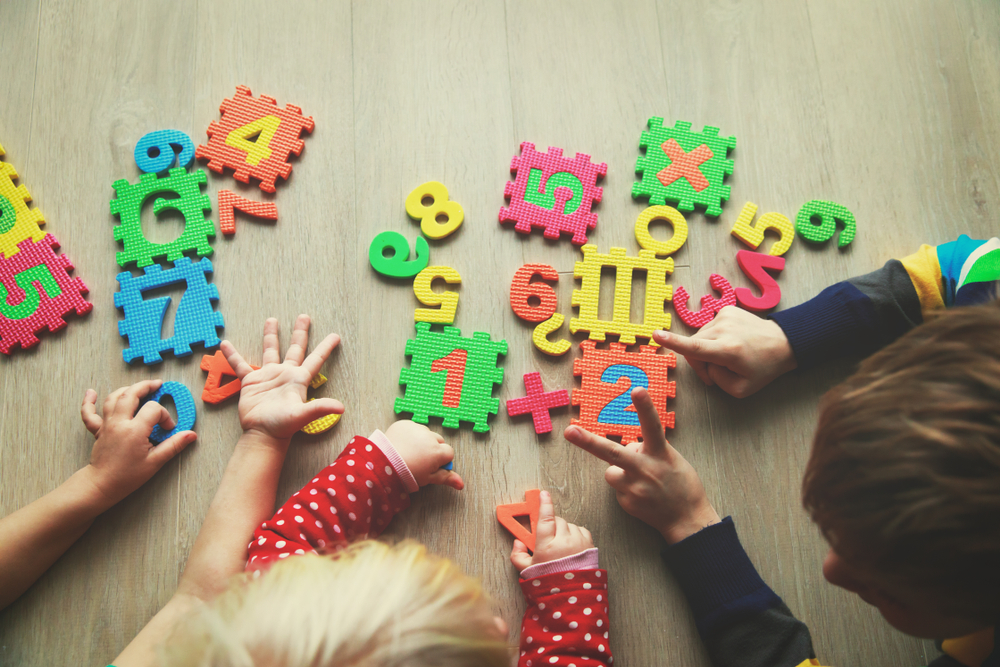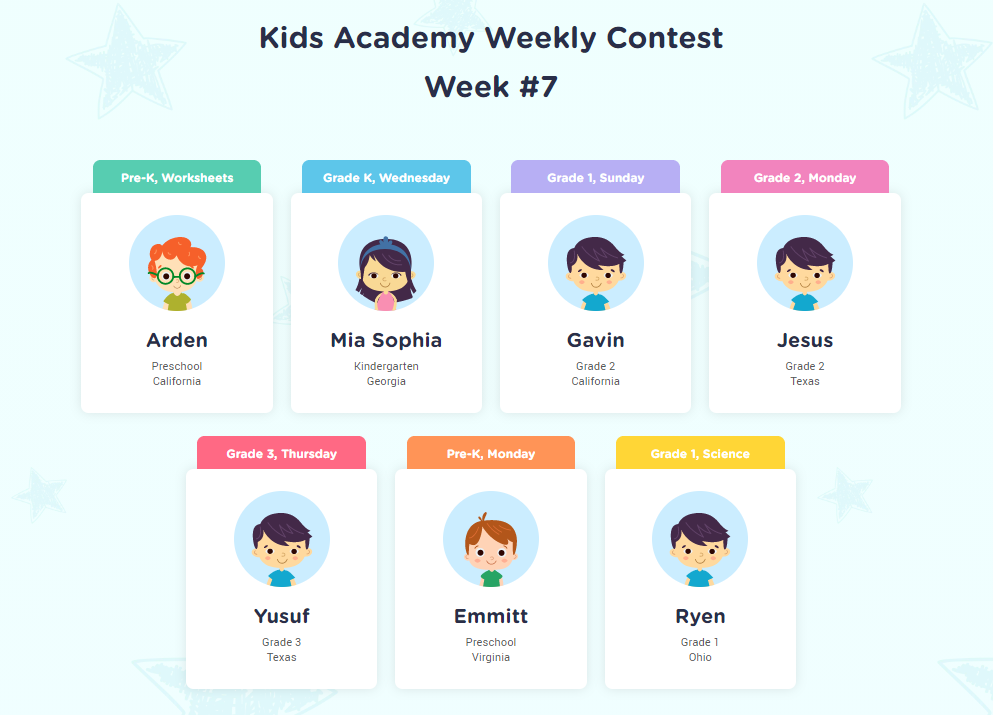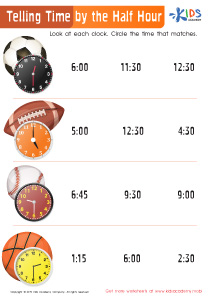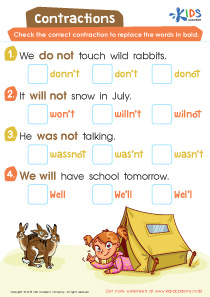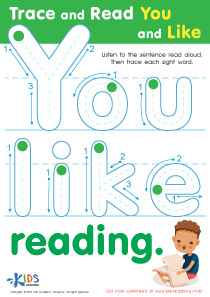Normal Phonics worksheets activities for Grade 1
2 filtered results
-
From - To
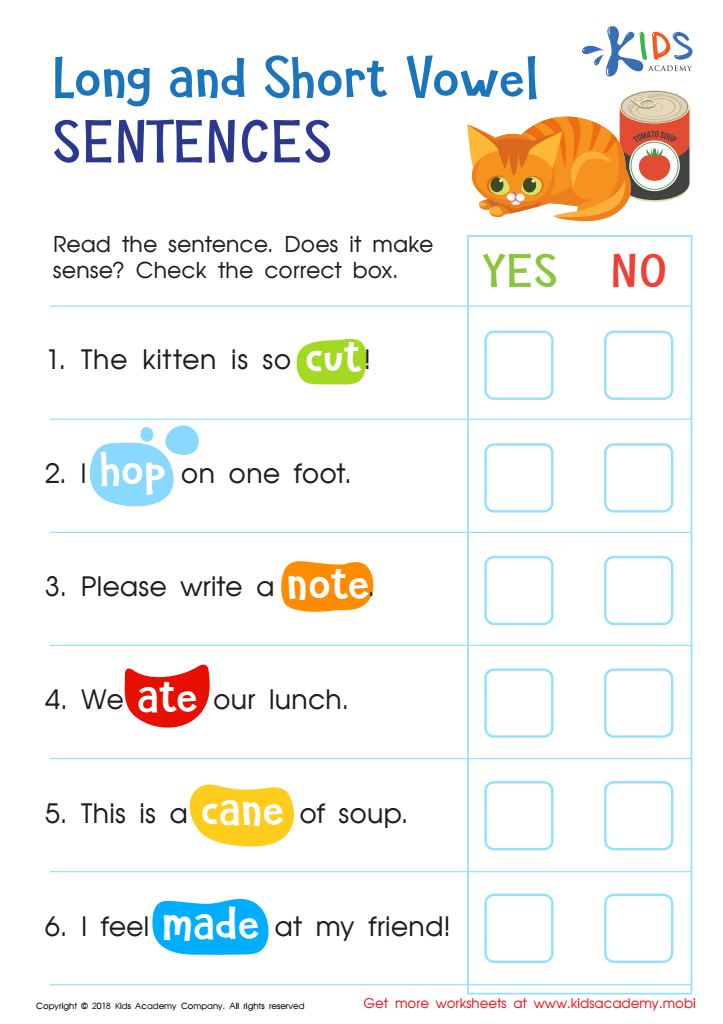

Long and Short Vowel Sentences: Assessment Worksheet
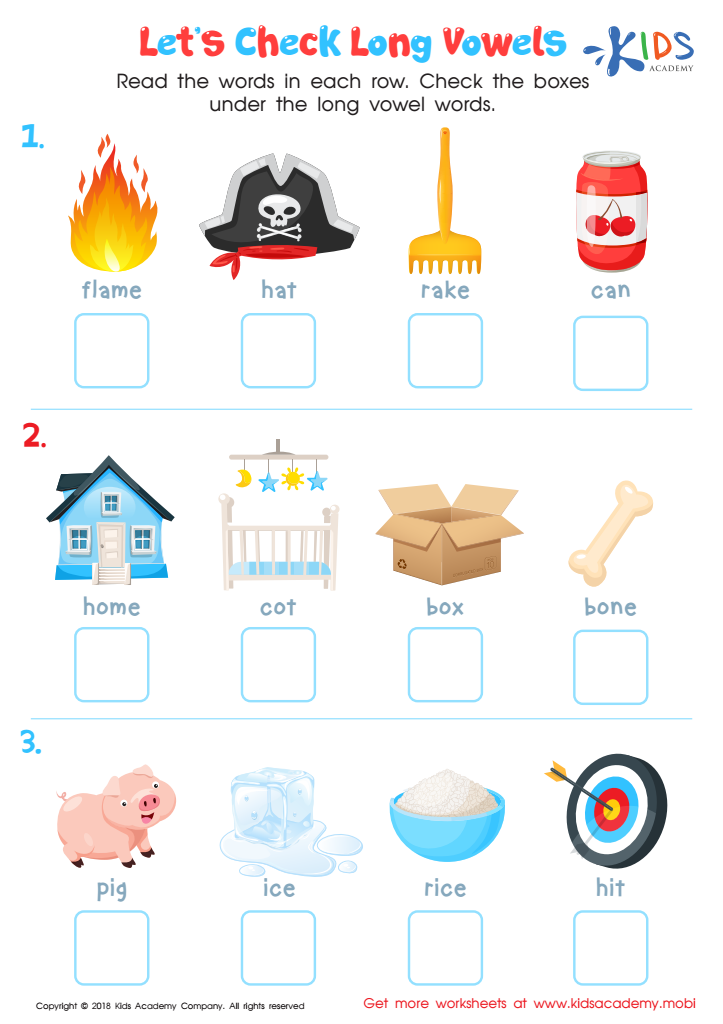

Let's Check Long Vowels: Assessment Worksheet
Normal Phonics worksheets activities for Grade 1 are an invaluable resource in the foundational stage of a child's reading and writing journey. These activities are meticulously designed to cater to the specific developmental needs of first graders, who are at a critical point in acquiring literacy skills. Engaging in Normal Phonics worksheets activities for Grade 1 provides children with the essential building blocks for decoding words, a skill that underpins fluent reading and effective communication.
One of the primary reasons these worksheets are beneficial is that they introduce and reinforce the relationship between letters and sounds in a structured manner. This systematic approach enables children to gradually build their understanding of phonics rules, which is crucial for reading unfamiliar words and enhancing spelling accuracy. By practicing with Normal Phonics worksheets, first graders can better grasp the concept of blending sounds to form words, as well as segmenting words into individual sounds for spelling.
Moreover, Normal Phonics worksheets activities for Grade 1 are designed to be both educational and entertaining. Through a variety of exercises such as matching, fill-in-the-blanks, and word puzzles, these worksheets keep children engaged and motivated. This blend of fun and learning ensures that young learners develop a positive attitude towards reading and writing, setting a strong foundation for their future academic success.
Another significant advantage of these worksheets is that they cater to diverse learning styles. Whether a child learns best through visual cues, hands-on activities, or auditory reinforcement, Phonics worksheets offer a range of approaches to accommodate different preferences. This inclusivity helps ensure that every child has the opportunity to thrive.
In conclusion, Normal Phonics worksheets activities for Grade 1 are an essential tool in the literacy development of young learners. They not only foster the fundamental skills of reading and writing but also cultivate a love for learning through engaging and varied exercises. As children navigate through these worksheets, they gain confidence in their abilities, setting the stage for lifelong literacy.

 Assign to the classroom
Assign to the classroom
